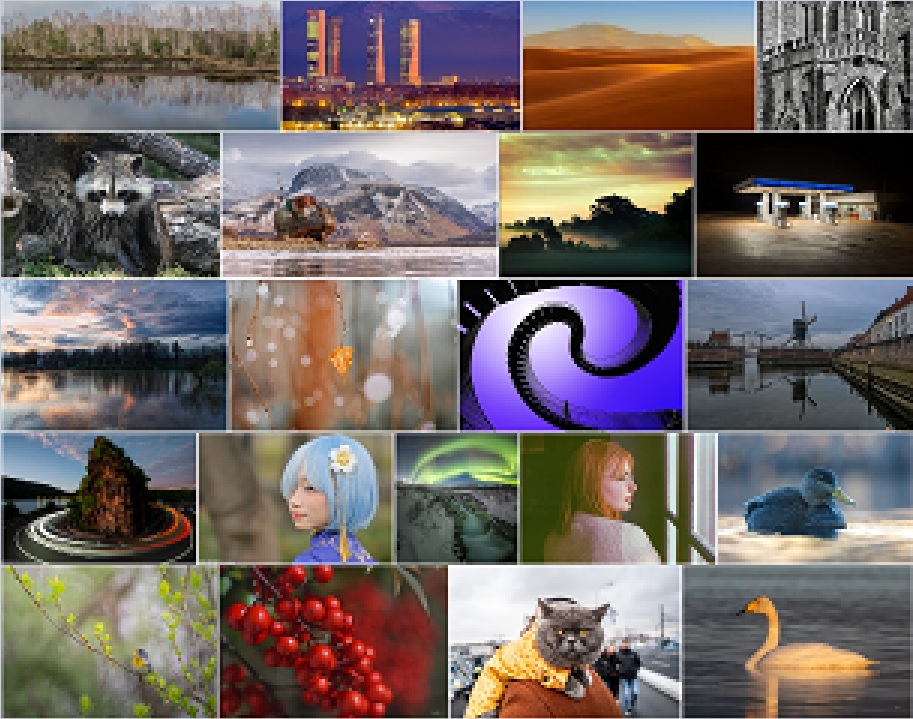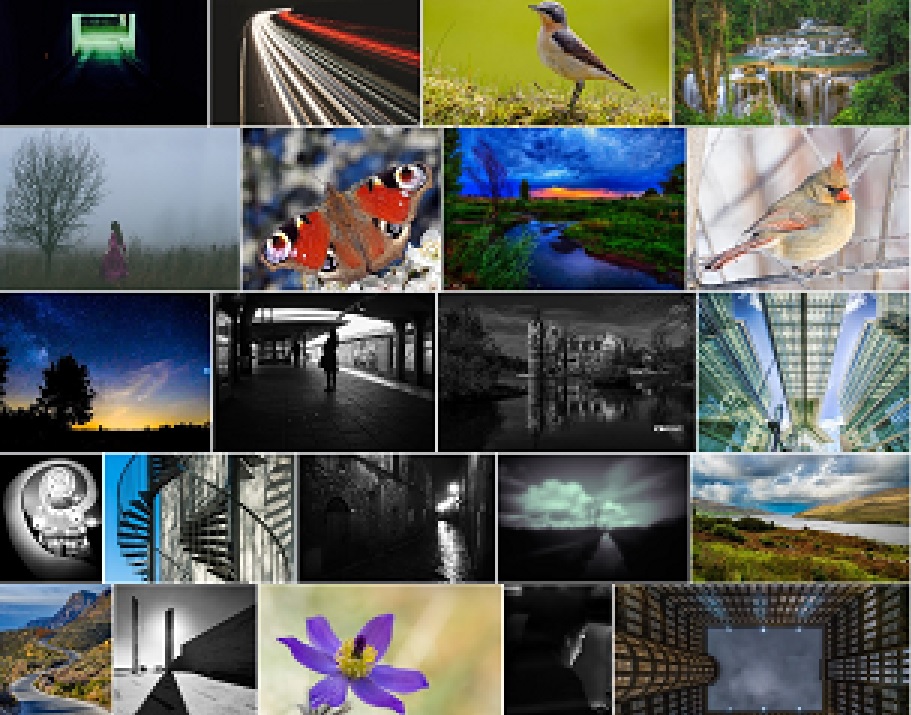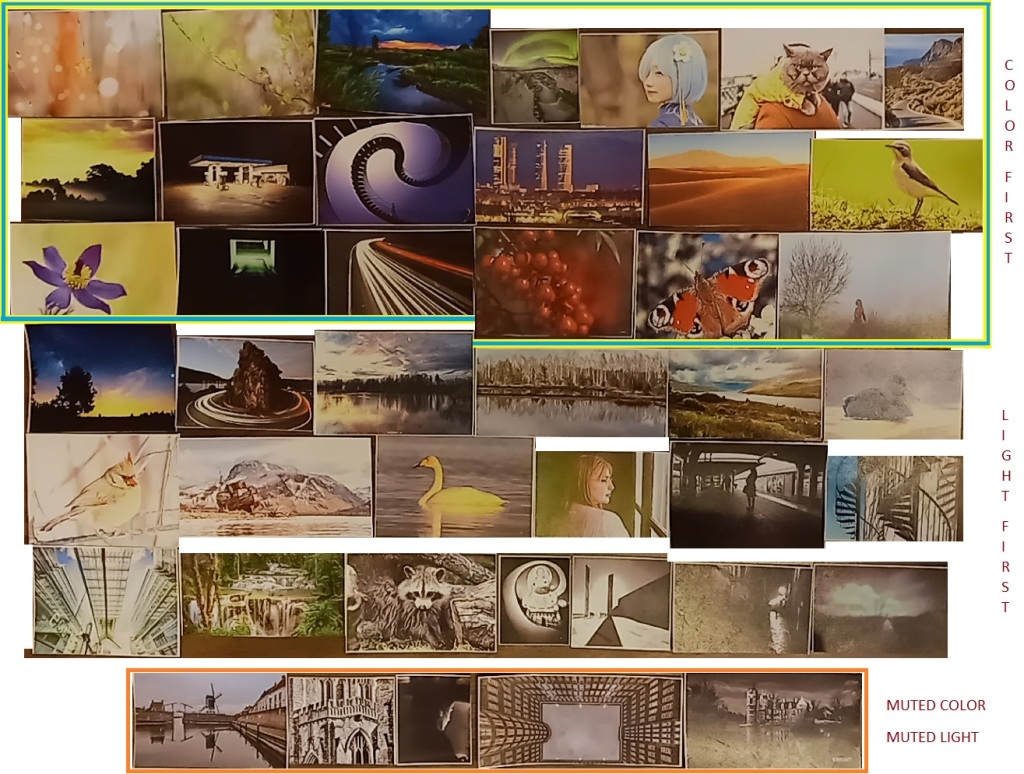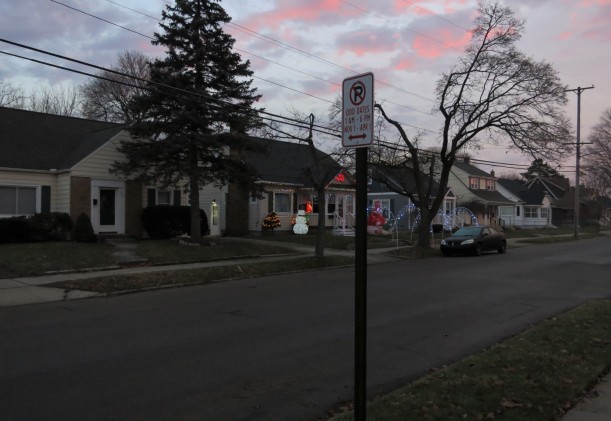
Of the 100 or 200 images featured today at the Flickr photosharing website, these screenshots sample only a fraction. But they may well be representative of the range in lighting, subject matter, color patterns, and geometry that gives shape to the images. Each viewer browses for different purposes and brings different responses to the world they know –and by extension to this pool of reality glimpses. So the photos that seem remarkable to one person often differ to another’s responses. Rather than to discuss individual compositions or to speak of the totality of dimensions that go into the “frozen moment” when an exposure is recorded, consider light as it defines and gives character to the diverse scenes in these two groups of photos on Flickr today.

Before picking apart the images seated side by side by reason of editorial choices and not by theme, location, maker, technique, or tools used, consider only the many ways that light is present in each frame. In some the light is the main point, but in others the light is less dominant than the drama of the moment or the lines that structure the scene or the bold color patterns. In all cases, though, light (and its absence) is what makes a photographic process possible. After all, the name is Photo+Graphos, ‘writing with light’. Other visual art is also named by its medium: charcoal, oil, acrylic, pen, graphite, and so on. By savoring the many kinds of light in the screenshot thumbnails a new appreciation arises for light itself as the medium for artfully expressing a composition.
There are ways to distill general observations about this light-based way to see the world, to record and share sights with fellow viewers, and thereby to interpret the subject in the first instance, but also by reflection to know something about one’s own self according to the reactions (or lack of response) to the pictures. Either by marking up the thumbnails in the screenshot into categories, or by printing and then taking scissors to cut them into pieces for sorting, there should be a few things to say about the nature of Writing With Light. The following snapshot is one way to group the clippings made from the thumbnails combined into a single collage.

This exercise with scissors and table for sorting could have created sets of images based on any denominator alone or in combination: monochromes, rectilinear geometry or curves, night and low-light, human-interest, interior or exterior, and so on. But for the purpose of this look into the heart of “Writing With Light” (literally, Photo+Graphy), the first set is color dominant – no matter what other elements go into the composition. The next set is light as the subject; the actual shapes that the warm or cool light, abundant or scant light falls onto is less important than the presence and quality of light itself. Light is the real subject for this second group. Pleasure derives in thrilling one’s visual cortex, that large proportion of gray matter at the back of one’s skull.
In the much smaller third set, the images are much less dominant about color elements or light for its own sake. Instead the color and/or the light is muted and plays a supporting rather than starring role in the resulting photograph. What becomes evident by sorting the sample of pictures from today’s Flickr.com/explore webpage is the large proportion of pictures featuring light for its own sake, and color for its own pleasure. A small sample size like this collection is not enough to make a general statement about the nature of photography and its foundational pleasure using light as the means to record color patterns and relationships, and also light as the subject all by itself, never mind what it shines on. But at least this small exercise makes it easy to appreciate the beauty of light, not just to write with, but to admire even without the aid of a lens and medium for recording and distributing to others.
Leaping from the world of optics and composition to the land of thinking and comprehension, the foregoing hymn of admiration for Writing With Light is analogous to the wonders and pleasures of imagining, reflecting, and reconsidering the mental activity in a good argument or keen curiosity unfettered and free to roam. In other words, just as photographers can derive happy moments in the light that is instrumental to recording a subject, so too can philosophers derive happy moments in the thinking experience that is instrumental to articulating a subject.






